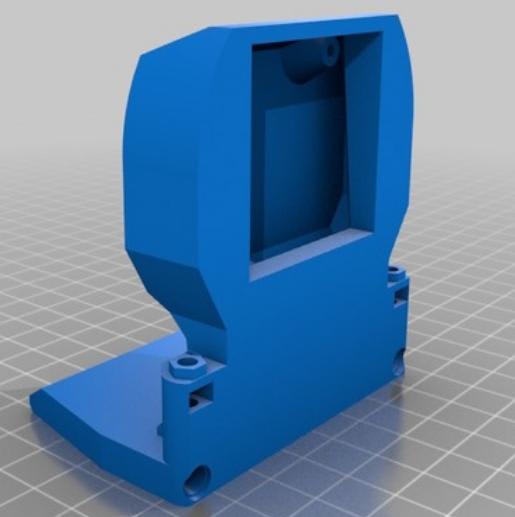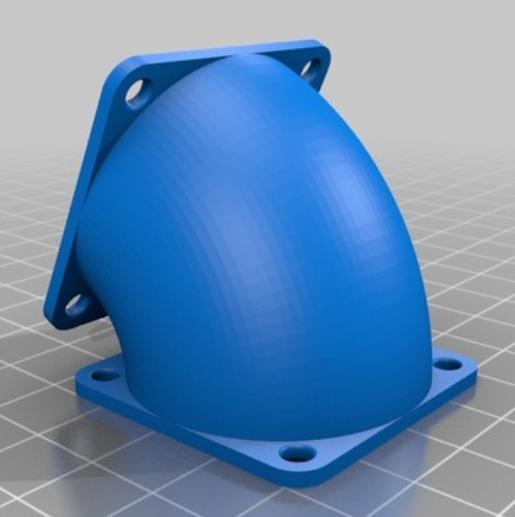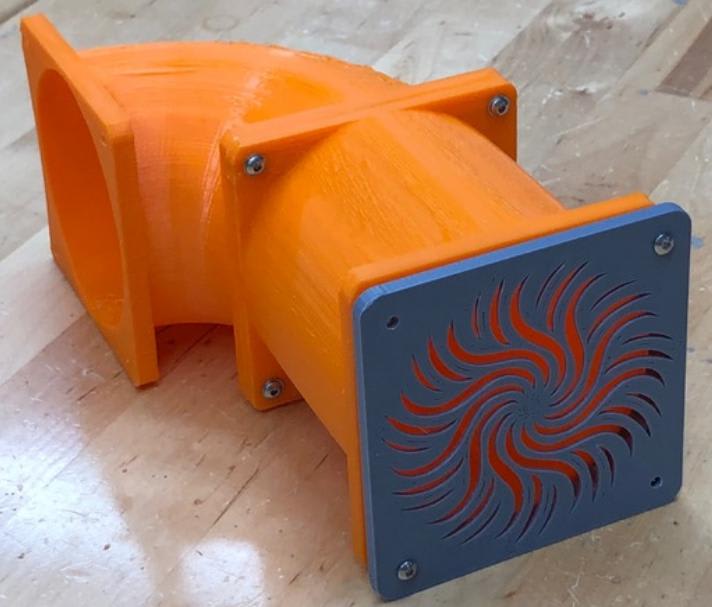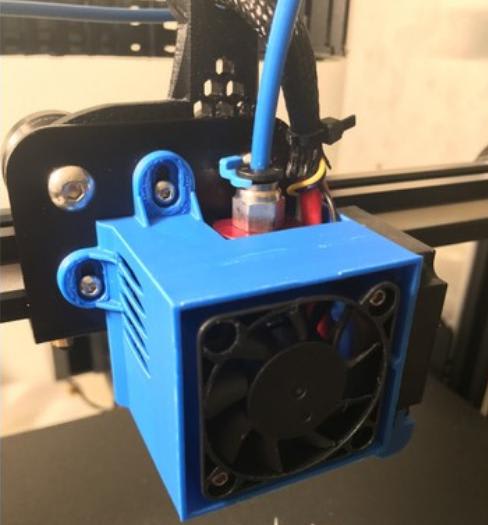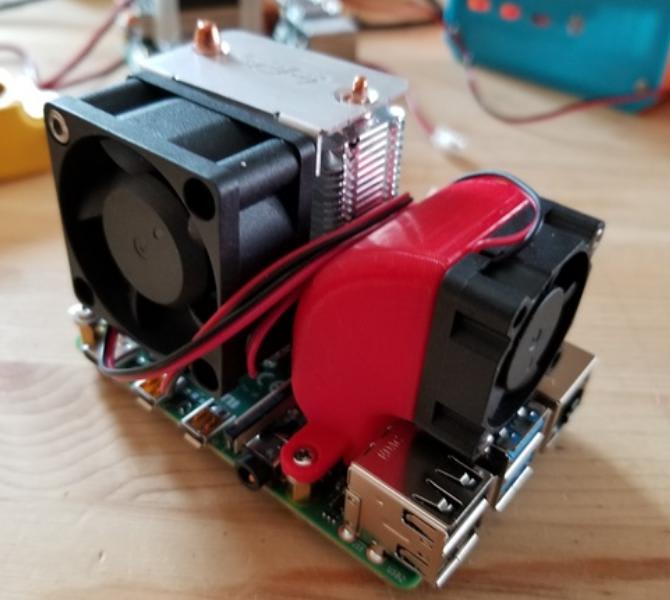Jieve
Mechanical
- Jul 16, 2011
- 131
Hello,
We are deploying field equipment in standard (rectangular) electrical enclosures and are trying to get an understanding of heating/cooling requirements/modalities with the aim of keeping the components inside the enclosure at a max of 95F. The enclosure manufacturer gives the equation Qdot = UA(Tenc – Tamb) for heat conduction/convection out of a sealed encosure, with specified effective A values for different mounting types, and U values for different enclosure materials. What we’ve found in lab testing is that these values don’t seem to match what we’re seeing (the enclosure internals are much hotter than predicted), so I’m hoping to get some feedback here on what might be going on (discrepancy between calculations and real life).
To test, we’ve mounted a resistive PTC enclosure heater inside the enclosure near the bottom, and we can monitor heater voltage and current (voltage is controlled by a dimmer switch). Inside, in the upper ¼ of the enclosure, we have a temperature transducer. Externally we have a thermocouple set to measure ambient temperature. We set the heater to different wattage values, allow everything to come to steady state, then record the Qdot (I x V), A (enclosure surface area), Tenc, and Tamb and calculate U. To simulate the wall mount condition, we mount a rubber pad behind the rear enclosure wall, effectively insulating it.
What we find is that U is not constant with constant A; in fact, U seems to follow the reverse trend of what we’d expect to see (the more insulated the enclosure, the higher the U value). Also, the higher the heater wattage, the higher the U value. I was under the impression that U should be a constant. We’re not really understanding why we're getting these results.
Our hypothesis at the moment is that the temperature gradient in the enclosure air and surfaces is affecting the effective enclosure surface area in the calculation. The lower half of the enclosure walls, along with the bottom of the enclosure, are more-or-less at ambient temperature, so don’t really seem to be conducting much if any heat. On the other hand, the upper 1/3rd of the enclosure surface seems to be quite warm, with the top surface likely conducting a majority of the heat. Our presumption is that as we increase the wattage, the more heat would be conducted out over a larger surface area as the enclosure surface temperature gradient from top to bottom becomes larger. However, this of course doesn’t really lend to easy calculation of the internal temperature based on a constant A, U, Q dissipated, which is ultimately what we are looking for.
One thought was for us to use a fan internally to circulate and equalize air inside the enclosure. However, this won’t be the case in the field, so we’re interested in the region of higher temperature in the enclosure.
So my questions are:
1) Is the above equation with overall heat transfer coefficient valid in this case?
2) Do we need to make adjustments in surface area in the calculation based on temp gradient to make this work? I.e. would it maybe make sense to only use the area from the upper half of the enclosure, or upper 1/3rd, etc.?
3) Is our understanding of U correct, that this should be a constant?
4) Are there any suggested modifications we can make to this experiment/calculations that would make them more accurate or useful for being able to predict internal enclosure temps based on the other variables shown?
We can modify experiments using additional temperature sensors, or measuring surface temps as opposed to air temps if needed, but ultimately we’re looking for a model to be able to make accurate predictions based on ambient air temp and enclosure air temp, so not sure how helpful measuring surface temps would be.
Thanks for any input.
We are deploying field equipment in standard (rectangular) electrical enclosures and are trying to get an understanding of heating/cooling requirements/modalities with the aim of keeping the components inside the enclosure at a max of 95F. The enclosure manufacturer gives the equation Qdot = UA(Tenc – Tamb) for heat conduction/convection out of a sealed encosure, with specified effective A values for different mounting types, and U values for different enclosure materials. What we’ve found in lab testing is that these values don’t seem to match what we’re seeing (the enclosure internals are much hotter than predicted), so I’m hoping to get some feedback here on what might be going on (discrepancy between calculations and real life).
To test, we’ve mounted a resistive PTC enclosure heater inside the enclosure near the bottom, and we can monitor heater voltage and current (voltage is controlled by a dimmer switch). Inside, in the upper ¼ of the enclosure, we have a temperature transducer. Externally we have a thermocouple set to measure ambient temperature. We set the heater to different wattage values, allow everything to come to steady state, then record the Qdot (I x V), A (enclosure surface area), Tenc, and Tamb and calculate U. To simulate the wall mount condition, we mount a rubber pad behind the rear enclosure wall, effectively insulating it.
What we find is that U is not constant with constant A; in fact, U seems to follow the reverse trend of what we’d expect to see (the more insulated the enclosure, the higher the U value). Also, the higher the heater wattage, the higher the U value. I was under the impression that U should be a constant. We’re not really understanding why we're getting these results.
Our hypothesis at the moment is that the temperature gradient in the enclosure air and surfaces is affecting the effective enclosure surface area in the calculation. The lower half of the enclosure walls, along with the bottom of the enclosure, are more-or-less at ambient temperature, so don’t really seem to be conducting much if any heat. On the other hand, the upper 1/3rd of the enclosure surface seems to be quite warm, with the top surface likely conducting a majority of the heat. Our presumption is that as we increase the wattage, the more heat would be conducted out over a larger surface area as the enclosure surface temperature gradient from top to bottom becomes larger. However, this of course doesn’t really lend to easy calculation of the internal temperature based on a constant A, U, Q dissipated, which is ultimately what we are looking for.
One thought was for us to use a fan internally to circulate and equalize air inside the enclosure. However, this won’t be the case in the field, so we’re interested in the region of higher temperature in the enclosure.
So my questions are:
1) Is the above equation with overall heat transfer coefficient valid in this case?
2) Do we need to make adjustments in surface area in the calculation based on temp gradient to make this work? I.e. would it maybe make sense to only use the area from the upper half of the enclosure, or upper 1/3rd, etc.?
3) Is our understanding of U correct, that this should be a constant?
4) Are there any suggested modifications we can make to this experiment/calculations that would make them more accurate or useful for being able to predict internal enclosure temps based on the other variables shown?
We can modify experiments using additional temperature sensors, or measuring surface temps as opposed to air temps if needed, but ultimately we’re looking for a model to be able to make accurate predictions based on ambient air temp and enclosure air temp, so not sure how helpful measuring surface temps would be.
Thanks for any input.


